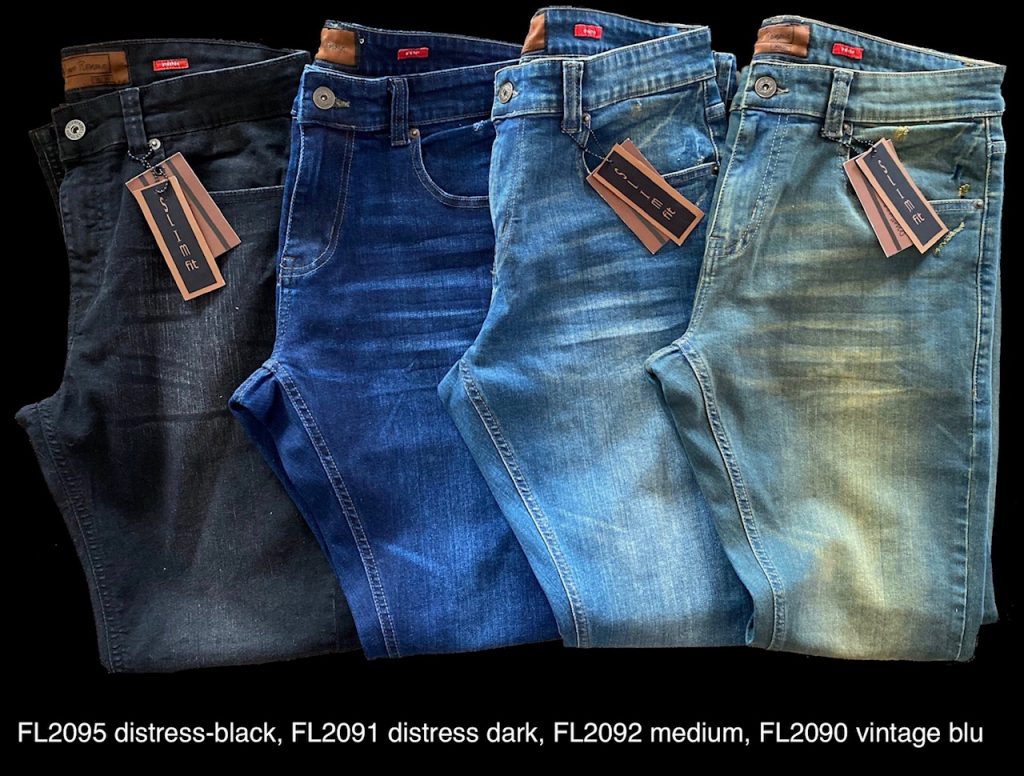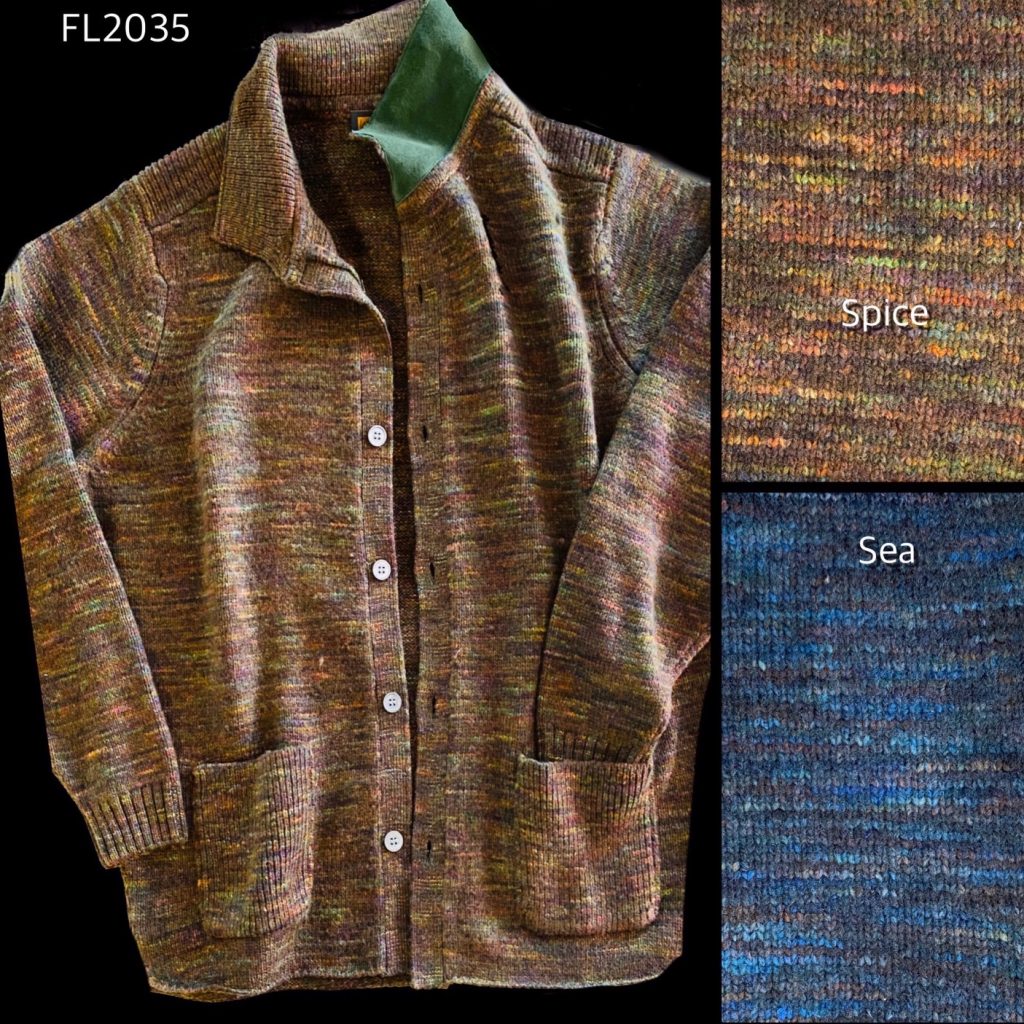GUEST EDITORIAL: HOW TO HELP SAVE INDEPENDENT DESIGNERS


“It’s a very expensive hobby,- designing and producing menswear…”
Although I’ve said this since launching my men’s apparel business years ago, it has never rung truer than in recent months. Since I haven’t taken a salary and pay by 1099s, I have no payroll but still pay taxes. Payroll Protection does not cover 1099s.
I sell to many small retailers who buy my product for specific customers whose tastes they know. It’s all very personal and heart-warming but 1/1/1 does not meet my factory minimums. I feel for these special retailers: they are passionate about their business, truly appreciate my work, and many have become like family.
So, I accrue inventory. I sell without considering the full extent of my expenses because I know what the market will bear. I’m forced to order sizes that I don’t need or else lose sales on sizes that don’t reach a six-piece minimum. Occasionally, factories offer me the opportunity to pay a surcharge that negates any margin. I infuriate catalogs who don’t realize that only 300 pieces of a style guarantees exclusivity.
I pay for 100 percent of my production six to eight months before my retailers eventually pay me. Additionally, if one customer wants a July delivery and another October, I have no choice but to get it all in at once. If there’s any problem, I’m forced to accept it: I have little recourse with a factory that shipped me months ago, and that I’ve already paid.
All this aside, when a retailer places an order with any manufacturer, we must produce and deliver it on time. Money, time, overhead, and much creative research are already invested; we must give our factories a deposit upon ordering.
Granted, no one could have predicted this plague but canceling now when we’ve been holding merchandise that should have shipped four months ago is unreasonable. Is there no room for negotiation?
Perhaps retailers and designers should agree on a nominal deposit. After all, deposits are required for many purchases and services: shoe repair, the dentist, a home, a car, vacations, planning an event—even ordering a birthday cake! A deposit simply allows the vendor to recoup a fraction of the cost if there’s an unforeseen cancellation.
I understand retailers negotiating with their vendors. But we don’t get to negotiate with the government about tariffs and duties, or freight carriers, customs brokers, truckers, etc. Especially on bills we’ve already paid.
If retailers need to negotiate, do it for future goods or orders just placed, not orders late in the season that are already being worked on or previously produced and delivered merchandise. That way, we at least stand a chance of going to our factories to negotiate as well. Otherwise, retailers will surely put out of business the more interesting, less widely distributed brands that could differentiate their assortments from the cookie-cutter looks now filling up outlets at severely slashed prices.
I believe we need each other. Let’s help each other through this!







Thank you Lenor for putting into words so eloquently the struggles we small independent designers must conquer and overcome on our own. Our hearts are in every color, fabric, stitch and idea because we do love what we do. Working hard, making it look easy, to bring out the WOW Factor so desperately needed in this wonder-filled world. As is witnessed in beauty of your pictures from this article. Keep up your great work! You do make a difference! And yes, we’re all connected! Let’s get ever stronger from this toughest of time, and proceed wiser from it!
Great commentary Lenor! Your passion is visible in your designs and now your words. We take the risk, finance our retailers, carry the inventory. The great retailers get it. I sense change coming and I beleive, it will be good for niche designers. We have survived due to our unique products, style and designs. Stay strong and carry on!
Lenor fantastic article, it is time the retailer has a better education on the steps, the time and the upfront cost that it takes to produce menswear & footwear line for each season.
Grazie
This business is all about relationships and working together….we are one big family….
we all need to better understand both sides of the business, we vendors work several months in advance, lay out a lot of money plus time and energy. Retailers must realize that cancelling goods the last moment is a major problem for small and even larger manufactures. Most work on small margins so we can offer the very best price to retailers.. we need to all work together and help each other out to build our industry back to what it was……Thanks, Lenor for making everybody rethink what and how to make matters right.
Spot on, Lenor! Thank you for speaking out for ALL the, often forgotten, small independents.
The story started correctly. She is running an expensive hobby. This is not a scalable business model which she seems fully aware of yet doesn’t pivot and adopt a cut to order position just one of the many strategies that needs to be implemented. I don’t understand if she’s aware of them or she feels that they are not feasible. The story was very painful for me to read.
Mercedes
I do “cut to order”. Do you mean She should not accept cancelations BECAUSE she cuts to order? In that case, you are correct, I don’t think that position would be accepted. Perhaps you would share the “ other strategies “ you refer to. I would be most appreciative
Hi,
Well for example it’s not industry standard to pay a factory 6 month a head 100% of production.
I have some you tube videos a good intro is how to start a fashion line on a show string budget.
@mercedesgpc
Dear Ms. Gonzalez, just because a business model isn’t scalable, doesn’t mean it isn’t a viable business which is limited in scope and size, and capable of operating on a profitable basis. Maybe you don’t understand that importers have to deal with factory production minimums, per style and per size, and production cycles for components which have to be ordered several months in advance of sewing which preclude waiting for customer orders in many cases.
Dear Mr. Kelly,
I’m quite aware of factory and production requirements since I have been working in production for 30 years. I understand the factories have a moqs oh, the concept is that you gather enough orders preferably from Boutique businesses until you hit your break even. The break-even will be based on the cost of goods and the markup from cost to wholesale. I have a rule of thumb of 3 time mu. So in theory the three months that you have to sell a season you collect enough orders from different boutiques 111 is typical as the author stated and when you hit the break even you put it into production. Most factories I had words with work on 30/70 that means you pay them 30% deposit and 70% when ready. This strategy also helps with cash flow since if you need production money and can show the investor that you have orders that are greater than the cost of your production, financing should be easy. There is a tremendous amount of bad advice and I could understand why after years of doing business a certain way you couldn’t Phantom that there is a better and more industry driven business criteria. @Mercedesgpc